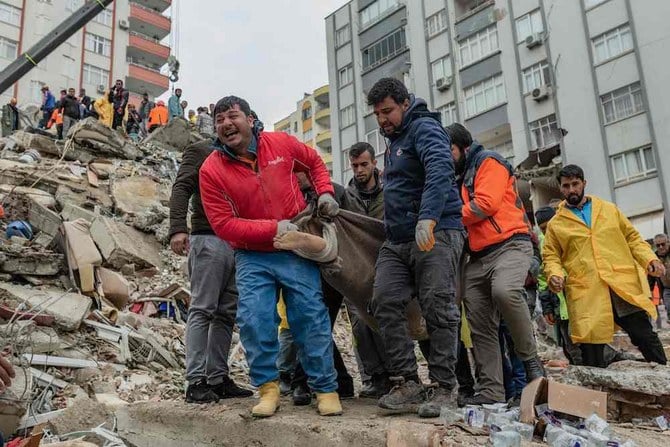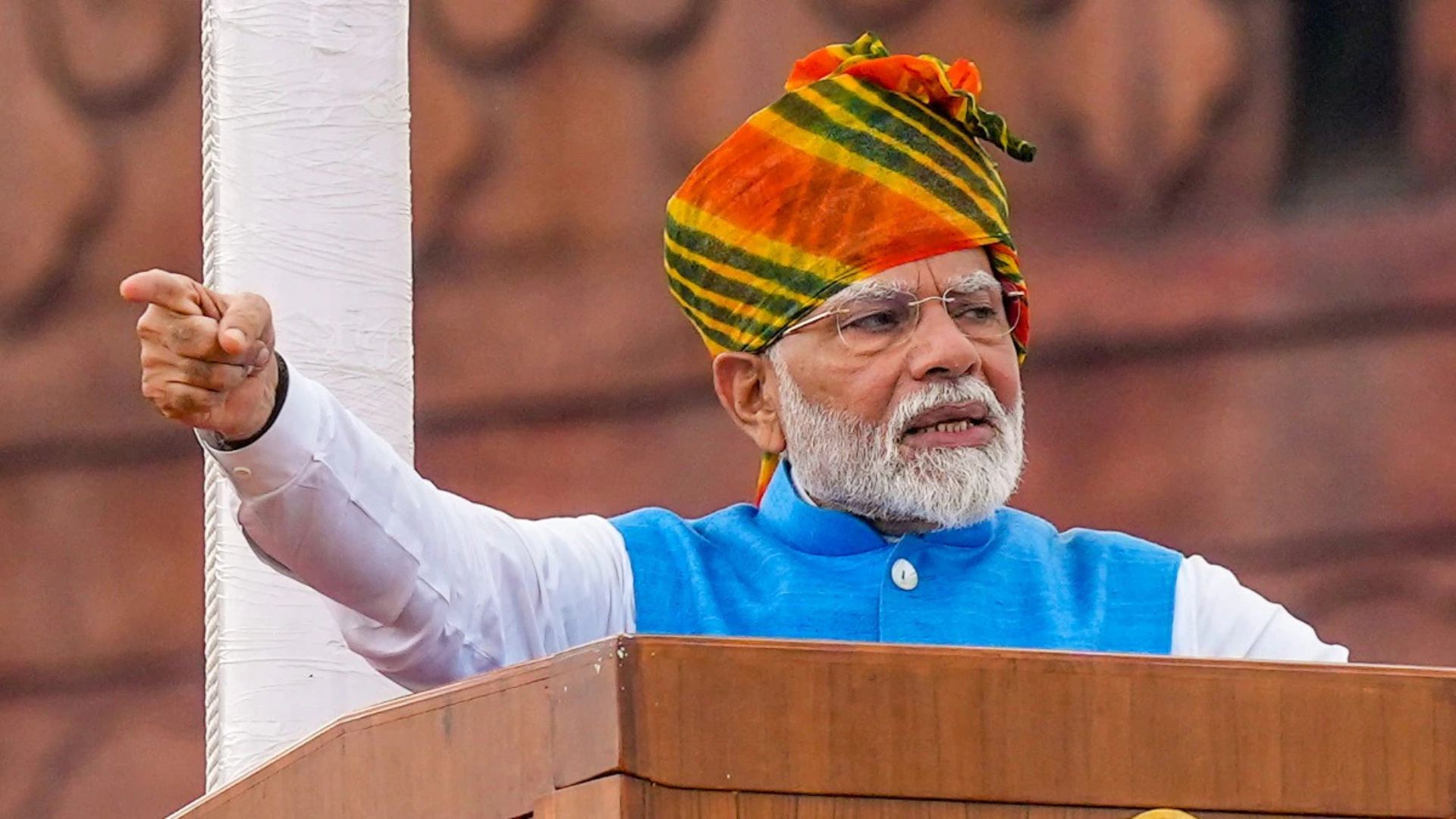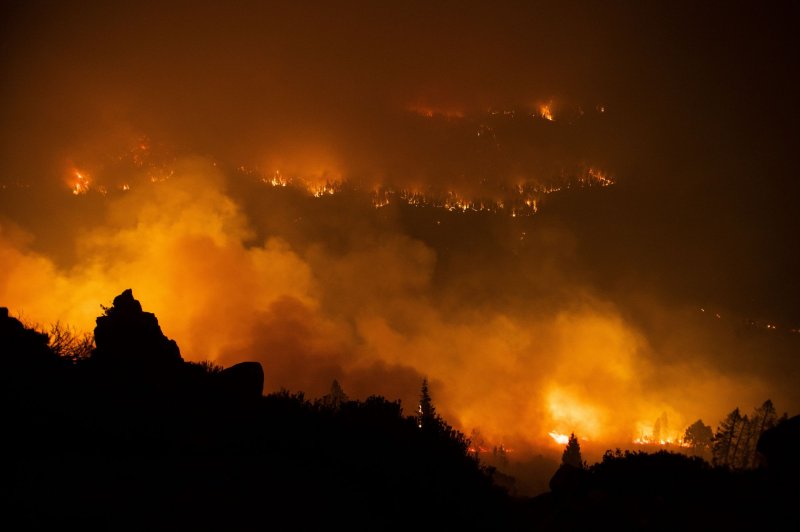
The number of sufferers in Turkey and Syria continues to climb rapidly more than 48 hours after earthquakes leveled towns and cities in the two countries. The death update so far estimated that 9,600 in these two countries, making it the world’s deadliest earthquake disaster in over a decade.
Rescue workers are looking for people still trapped under the debris in severe weather, with temperatures Gaziantap, near the epicenter in southern Turkey.
Here’s what else to know-
Turkey reported at least 7,5000 deaths and 41,000 injured. On the other side Syria, 1,250 people were killed 1,449 injured. Civil defense workers in the rebel-held northwest of Syria recorded more than 1,280 deaths and 2,600 injured.
Monday’s 7.8-magnitude earthquake was followed by dozens of aftershocks, including an unusually powerful 7.5-magnitude quake, which divided experts on whether to call it an aftershock.
In 2015, a 7.8-magnitude earthquake rocked Nepal and killed over 8,800 people, according to the United Nations.
The deadliest earthquake prior to Monday’s was Japan’s 2011 9.0- magnitude temblor, according to the U.N.
The quake triggered a devastating tsunami and nuclear disaster, with over 20,000 people estimated to have died in the triple catastrophe.
Turkey is deploying some 10,000 soldiers to assist with rescue efforts after a pair of deadly earthquakes struck the country. Turkish Defense Minister Hulusi Akar said at a news conference that nearly 10,000 soldiers have already been deployed to the disaster zone and an additional 2,500 are set to join them. More than 60,000 emergency officials are working in the disaster zone, including several thousand rescue workers from abroad, according to Anadolu, the agency. On Wednesday, a South Korean air force plane arrived at Gaziantep — the epicenter of the strongest quake measuring 7.8 magnitude — to deliver humanitarian aid. Dozens of countries have offered assistance, from search teams and supplies to financial aid.
As support arrives from around the world, the scale of the humanitarian crisis is becoming clearer and aid agencies are warning of the difficulties in both reaching survivors and treating the injured.















